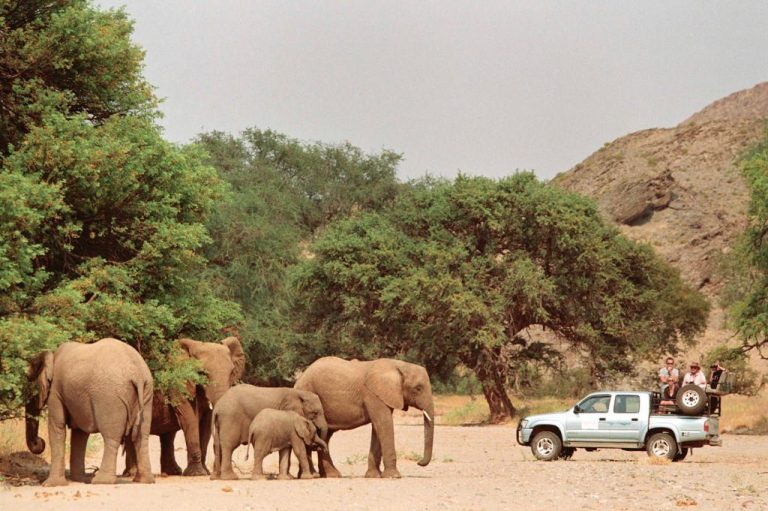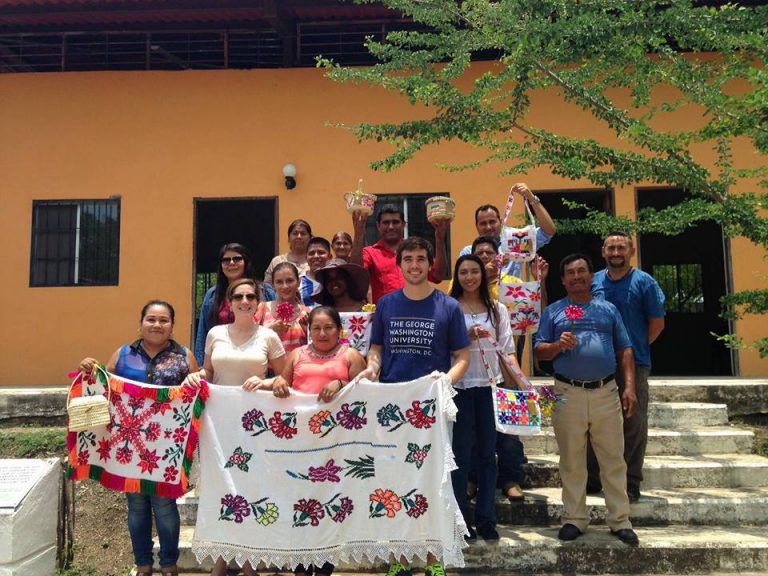This year the GW School of Business welcomed Dr. Hannah Messerli as its newest Chair of the International Institute of Tourism Studies, as well as an endowed professor of tourism policy. Dr. Messerli has in short time become an excellent resource for graduate students in the Master of Tourism program, bringing years of global experience as a tourism development specialist at the World Bank.
Recently, Dr. Messerli invited graduate students from her Tourism Policy and Planning course to join her at a World Bank presentation on Singapore’s urban transformation. Students have been examining case studies in tourism from Barcelona, Bali, and the Caribbean, and just spent a week poring over Singapore’s successes in tourism and its applicability in other destinations. Dr. Messerli’s invitation was a special opportunity for her students, many of whom had never been to the World Bank despite its proximity to GW.
At the event, students found a lively exchange of ideas among World Bank specialists in urban planning, urban sustainability, transport and other fields. Presenter Michael Koh, a Fellow with the Centre for Liveable Cities in Singapore, helped plan, design and lead the city-state’s urban revitalization. His presentation traced Singapore’s journey from slum to global financial hub. Through strategic urban planning and a whole-of-government commitment to housing and employing every citizen, Singapore inarguably surmounted the challenges it faced 50 years ago: limited natural resources, poverty, unemployment, and a high-density population. It also recognized and harnessed the power of tourism to drive development, paying special attention to growing the sector. Singapore now welcomes 15 million international tourists a year who enjoy the same bustling commercial centers, green spaces, riverfront, and historical heritage that residents do.
The presentation was great exposure for GW students to career paths in tourism planning, urban development, and other disciplines that contribute to thriving, liveable cities. Stay updated on our IITS staff and faculty at our Facebook page.
By Wendy Li, MTA '17







